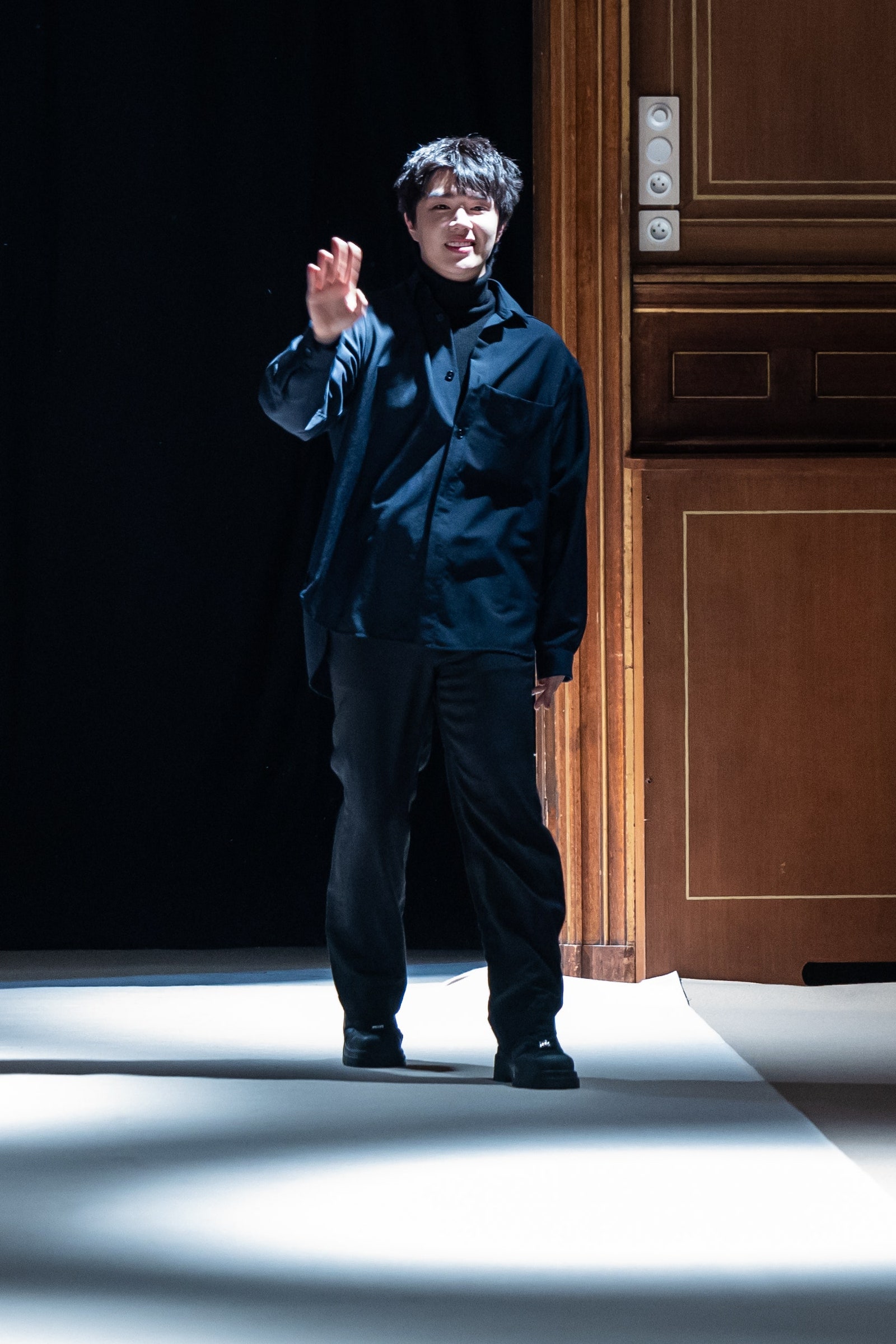For Luo, the decision to halt his 10-year-old brand was a difficult one, and came down to burnout. “Those familiar with the fashion industry understand that it is akin to riding a bicycle — you must keep pedalling or stop altogether,” he said in a statement. “Each year follows a predictable rhythm and schedule, almost like a pre-set answer. Continuing as is would likely mean staying in this intense industry cycle indefinitely, which is not the life I envision for myself. Looking ahead, I see a path that becomes highly commercialised and commoditised, where dealing with numbers overshadows the creative process, and most of my energy is spent on non-design-related tasks. This is not what I desire.”
Ahead of the Australian administration news, Lee skipped February’s New York Fashion Week in favour of an off-schedule Shanghai Fashion Week show in April. “The end of last year was so congested and busy that the reality of focusing on something like [a show] for February, right after Christmas, was unrealistic,” he told Vogue Runway.
For Cozette McCreery, who co-founded menswear knitwear label Sibling in 2008 alongside Sid Bryan and Joe Bates, the gruelling calendar took a toll, especially as Bates was battling cancer for over six years during the brand’s existence. Sibling folded in 2017, two years after Bates died from cancer. Sibling had buy-out offers, but in the end, McCreery and Bryan needed the break.
“A person can only keep momentum, enthusiasm and creativity going for so long,” McCreery says. “The hardest step is to close, especially when the brand has support and, speaking from personal experience, financial options. But running a fashion brand in the UK is tough and sometimes you have to know when to stop for your own sanity.”
Fashion needs less stuff, says Sherri McMullen, founder of Oakland-based McMullen boutique. “Designers are expected to put out collections several times a year, when we really only need a few. How can we expect so much from them?” she asks. Consumer attitudes have changed, she says. A shift in this constant churn would benefit all: less markdowns on the retailer side and a more refined approach to modern dressing and buying.
“The industry could adopt a model that prioritises fewer collections and longer selling times, or one-of-a-kind and bespoke pieces,” McMullen says. “That can lead to more profitable and sustainable businesses and allows for thoughtful designing and creativity. We are on a cycle of product overload and deep discounting to stay competitive. We are all racing to get to the next season instead of enjoying the season we are in and allowing our customers to enjoy their pieces.”
Systemic, not reactionary
CFDA CEO Steven Kolb agrees with the need for change. “We need to foster a stronger community that collaboratively supports creative independence,” he says. The CFDA is currently exploring ways to assist those affected by the current market economics, says Kolb. He declined to specify what these might look like. The BFC, meanwhile, is in ongoing talks with industry stakeholders about how best to support the designers impacted by the collapse of Matches.


